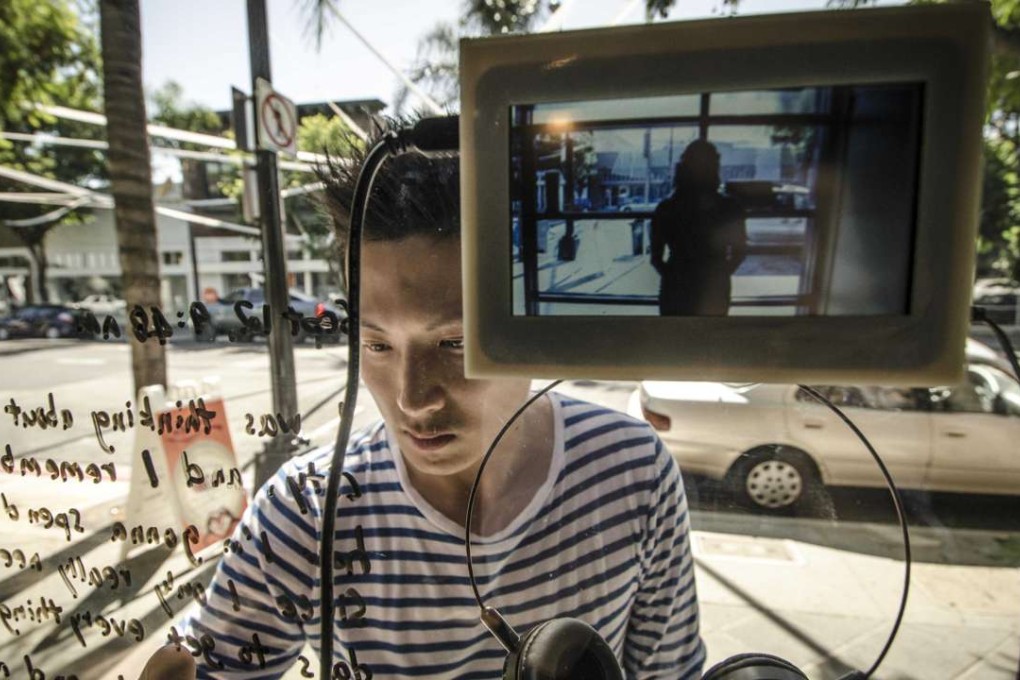Hong Kong should adopt an open selection process for its entry in Venice Biennale
Vivienne Chow calls on the Arts Development Council and M+ to heed pleas to set up an independent panel to choose artists for arguably the most important art event in the world

This is all in stark contrast to 2012, when the council decided to scrap an open call for proposals and team up with M+, the visual culture museum due to open in the West Kowloon Cultural District, to organise the city’s participation, doubling the budget to HK$10 million along the way.
Hong Kong row over Venice Biennale project
The move caused outrage among the local arts community, which criticised the council and M+ for dictating the selection process without consulting them properly, and also the lack of a professional panel to take charge of the selection process. Some artists and cultural workers hit out at the management of the council and M+ in a forum.

Hong Kong exhibit at Venice Biennale a sanctuary of calm
The criticism subsided after the successful 2013 presentation of Lee Kit, followed by the 2015 show by Tsang Kin-wah. The 2013 exhibition attracted more than 60,000 visitors while last year’s drew more than 82,000. The two shows also earned a great deal of international media coverage.